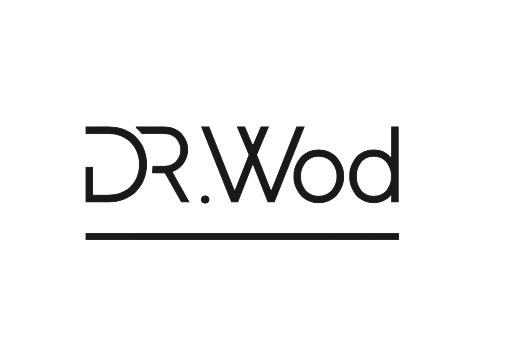Well-defined lesions (abnormalities of the tissue, in this case the skin) that contain blood are usually amenable to laser therapy. These include unwanted blood vessels (‘broken capillaries’) on the face, and birth marks such as port wine stains. Depending on the size of the lesion, the number of laser treatments that are needed can range from 2 to 10 or more.
Laser therapy is also sometimes used for small varicose veins and spider veins.
Pigmented lesions that can be treated include: freckles; solar lentigos (liver, or age, spots); flat, pigmented seborrhoeic keratoses (age warts); and café au lait spots (light-tan spots). Laser treatments for pigmented lesions are generally spaced 6 or more weeks apart, to allow your body to get rid of the dispersed pigment.
- Tattoos/Not currently available
The principle of laser tattoo removal is basically the same as that of the removal of pigmented lesions, but the wavelength of the light beam needs to vary depending on the different ink pigments used in the tattoo. In general, homemade Indian ink tattoos and black tattoos respond most readily to laser removal. White tattoos do not usually respond to treatment. Red is relatively easy to remove, while yellow, orange and green are more difficult.
Skin that has been stained from nasal piercing or from iron injections also usually responds well to laser treatment.
Laser-assisted hair removal is both efficient and long term. It works best on thicker, darker hairs, as these hair follicles absorb more light than do smaller, paler hair follicles. Most people find that the amount of hair is reduced by 70 per cent or more after the course of treatment. Laser hair removal also avoids the possibility of ingrown hairs. Sweating changes are sometimes noticed in the treated area.
Laser resurfacing is used to help reverse the signs of ageing caused by sun damage. Signs of ageing include fine wrinkles and crinkly skin. Resurfacing is also useful in reducing the appearance of acne scars. Following treatment, your skin often takes several weeks to recover.
Laser resurfacing is a safer and more refined procedure than it used to be, but it is still not recommended for people with olive or pigmented skin because of the possibility of uneven skin tone or loss of colour from the skin after treatment.
Whether scars of previous surgery, acne or post burn scar, can all be minimised by laser resurfacing, CO2 fractionated laser is in particular useful for these conditions.

